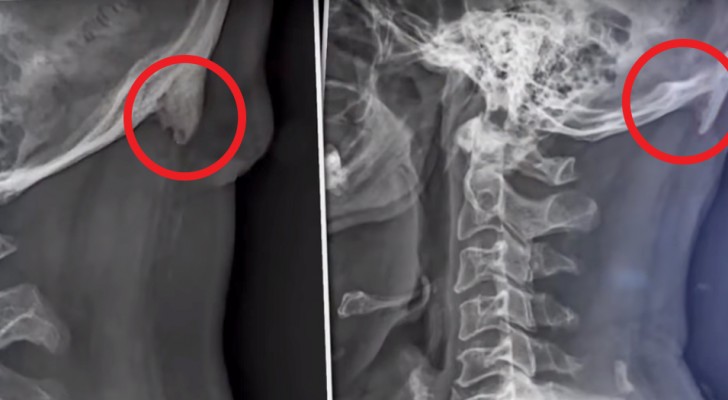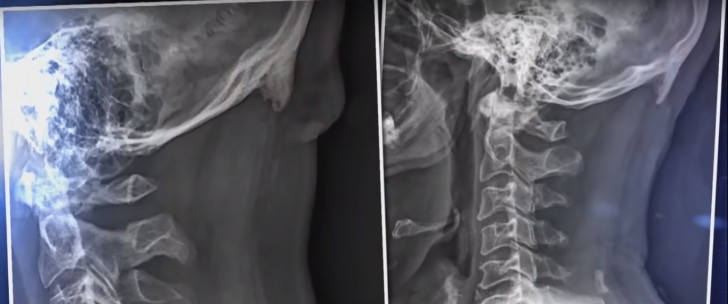According to some researchers, the use of smartphones could change the structure of the human body

The phenomenon of "bone spurs" is a physiological condition that occurs in humans usually at a rather advanced age, and in individuals who have particular pathologies or due to prolonged and incorrect posture.
The body always and constantly tends to affect the automatic and constant optimization of its state. Therefore, where there is a lack, it tries to compensate and counterbalance in whatever way it can.
Consequently, the body responds to an unnatural curvature of its skeleton with the formation of additional bone tissue.
via New York Times

The circumstances in which more bone tissue grows over the bones already present are, for example, chronic inflammation, stooping, and loss of muscle tone over the years.
However, these "new formations" most often have small, recognizable dimensions, volumes, and densities.
But, the case study by a group of Australian scientists at the University of the Sunshine Coast in Queensland is different. The research study focused on a sample of about 1200 subjects, subjected to x-rays.
From X-ray diagnostic tests, it emerged that more than 40% of the individuals examined had strange cartilaginous and bony formations in the area just below the skull, a sort of "horn" that can often be detected by touch.
The most curious aspect is the age of the subjects subjected to the survey, i.e. which were between 18 and 30 years old. The shape, size, and consistency of the bone spurs were such as to suggest that their formation was generated at a very early age when the subjects were young children.

In the research study, some possible hypotheses about the cause of these neoformations are ventured. The reason for bone development in the regions at the base of the skull could be smartphones and their intensive use from an early age.
This phenomenon would simulate a state of chronic inflammation similar to that which is created in geriatric subjects, which thus stimulates the growth of bone tissue (bone spurs).
At the moment, it is only a matter of theories and assumptions because we do not have enough data to confidently affirm a real connection between the use of smartphones and the formation of bone spurs.
Nevertheless, this is data that demands that we make more serious and informed reflections on the use of smartphones and the possible negative consequences.





